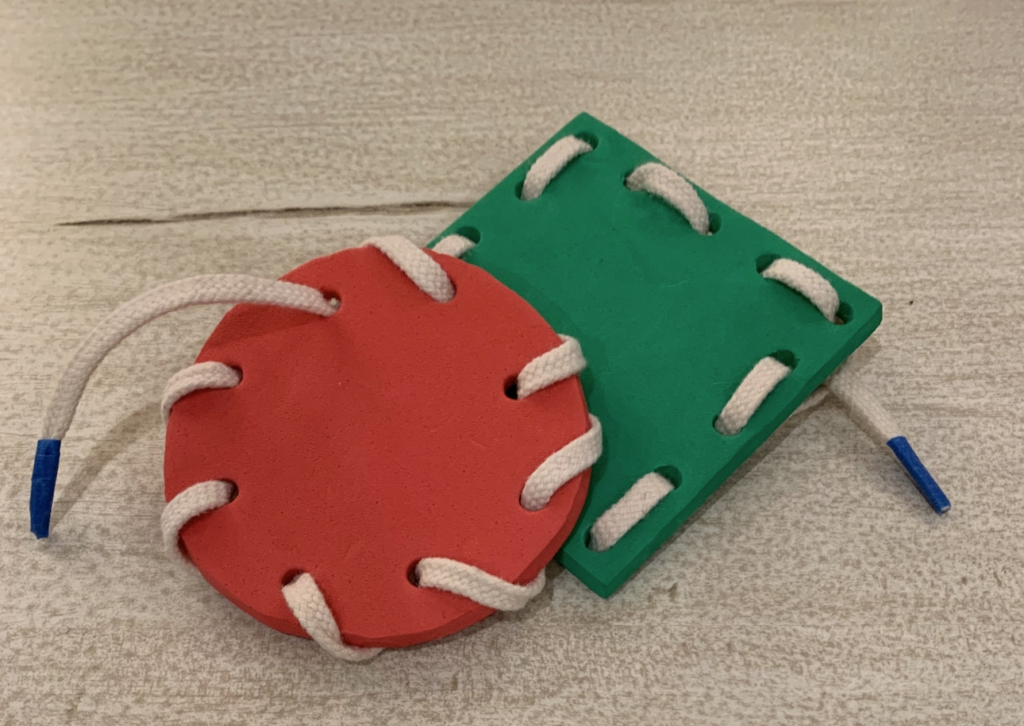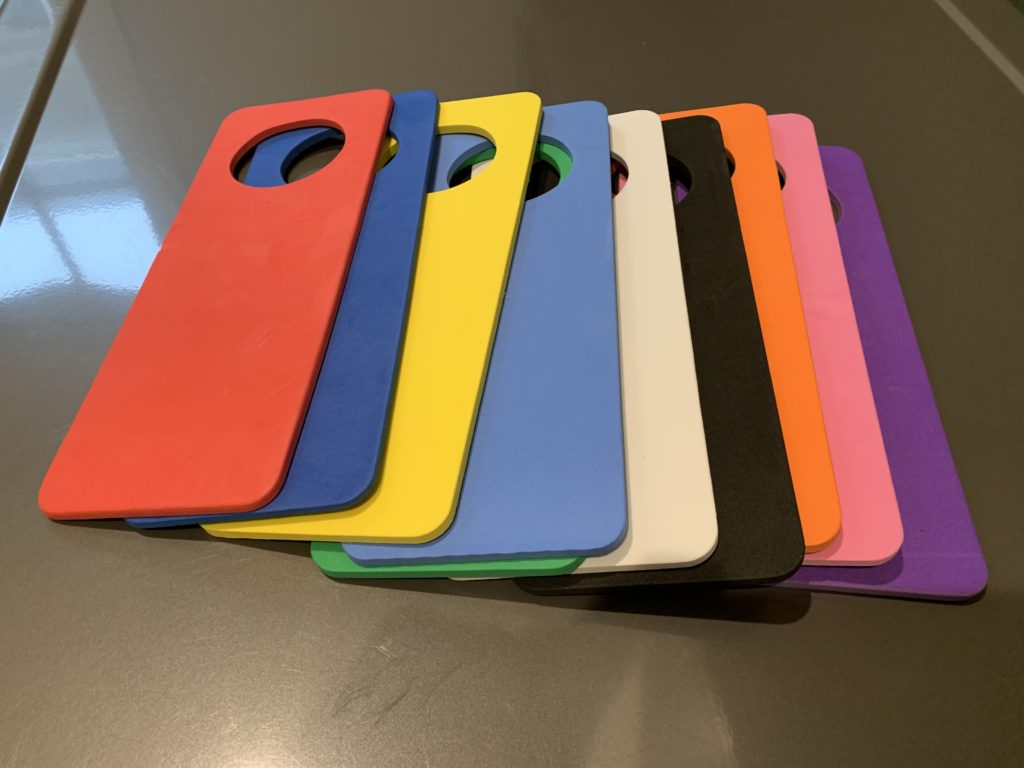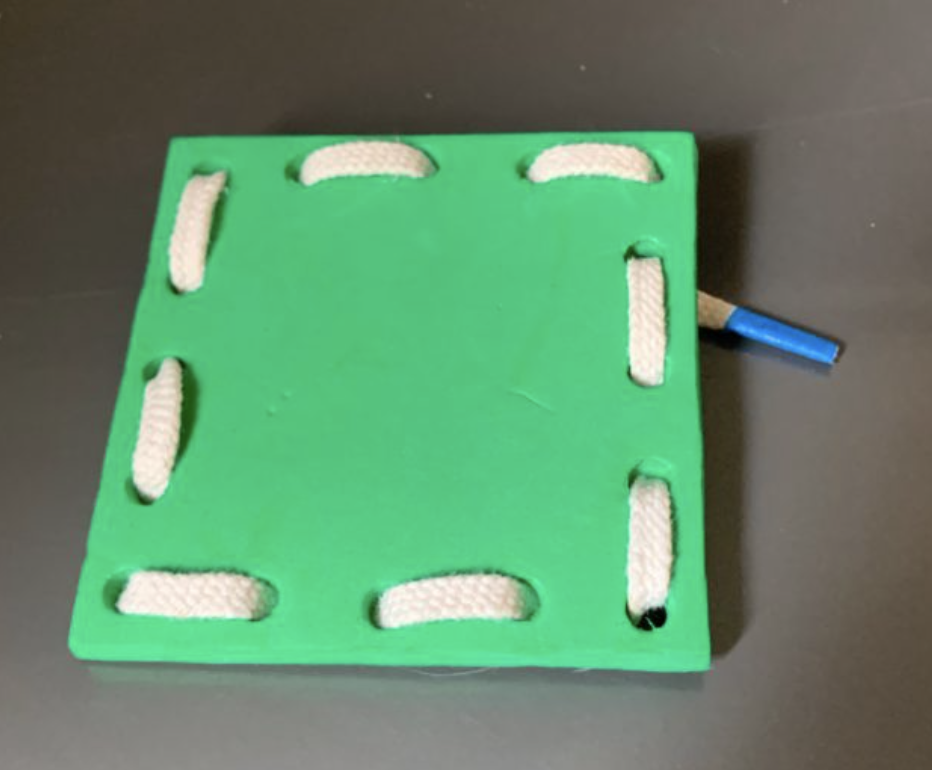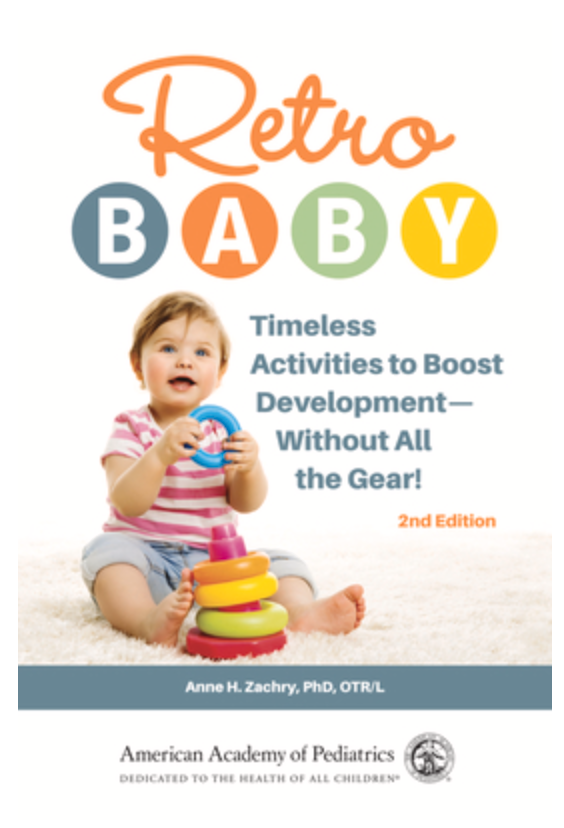
These DIY lacing cards are a fun way for a child to work on fine motors skills, bilateral integration (using two hands together), and motor planning! Making them in a variety of shapes and colors will help a child learn to distinguish the differences. You can also use a sharpie to write letters or numbers next to each lacing hole to work on letter and number recognition. Use your imagination to come up with other fun variations!

ITEMS NEEDED:
Scissors, single-hole punch, Colorations Foam Door Hangers, shoe laces, string, or ribbon
INSTRUCTIONS:
Use this shape sheet as a pattern. (The sizes may need to be adjusted.) Trace each shape onto a different piece of foam, and use the scissors to cut them out, and use the hole punch to punch out the lacing holes. (Save the scraps of foam to use with another DIY project that I will be posting about soon.)
If you are using string or ribbon, wrap a piece of tape around each end. Now it’s time to start lacing!











